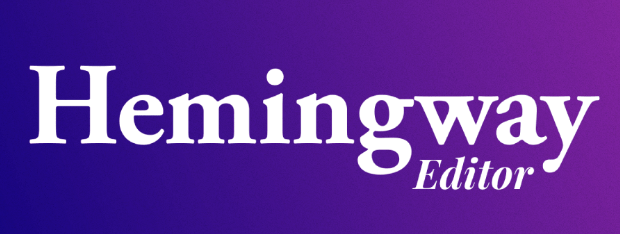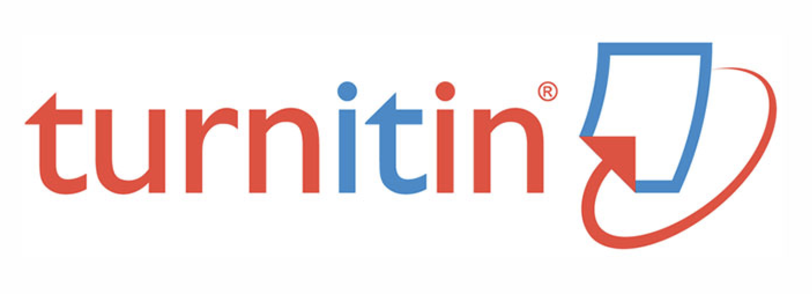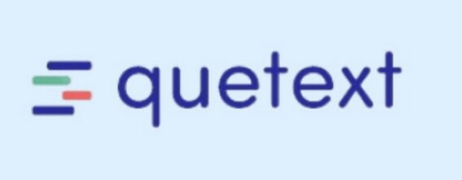Analysis of Sharia Bank Financial Reports on Industrial Accounting Instruments
DOI: https://doi.org/10.26618/jeb.v20i1.15327
Sharia Accounting Instruments, Sharia Bank Financial Report, Classification of Sharia Instruments
Abstract
This research aims to analyze accounting instruments in the financial reports of PT Bank Syariah Indonesia Tbk (BSI) and classify the types of instruments based on the social requirements pyramid. The research method uses quantitative analysis by reviewing BSI's financial reports for the 2020-2022 period. Data is analyzed to identify murabahah, istishna, ijarah receivables, as well as mudharabah and musyarakah financing. The research results show that murabahah, istishna and ijarah receivables experience significant changes from year to year. In 2020, Murabahah receivables amounting to 86,564,664 million rupiah, increased to 98,333,857 million rupiah in 2021, and 120,700,195 million rupiah in 2022. Istishna receivables showed a decrease from 607 million rupiah in 2020 to 131 million rupiah in 2022. receivables Ijarah also experienced fluctuations with a total of 23,917 million rupiah in 2020, decreasing to 1,653 million rupiah in 2022. Mudharabah and musyarakah financing also showed a changing trend, with mudharabah financing falling from 2,598,787 million rupiah in 2020 to 1,001,957 million rupiah in 2022, while musyarakah financing increased from 50,896,175 million rupiah in 2020 to 66,450,946 million rupiah in 2022. The conclusion of this research states that BSI has fulfilled its economic, legal and ethical responsibilities in accordance with the pyramid of social requirements. The classification of financial instruments shows that mudharabah and musyarakah are included in the sharia-based category, while ijarah, istishna, and murabahah are included in the sharia compliance category. These findings show that BSI operates in accordance with sharia financial principles, making a positive contribution to national economic development and community welfareReferences
Aminulloh, A., Khoirun Khasanah, N. L., & Zaytun, N. (2023). Analisis Pengaruh Pembiayaan Murabahah dan Musyarakah Terhadap Profitabilitas Bank Syariah Di Indonesia Periode 2019-2021. EKSISBANK: Ekonomi Syariah Dan Bisnis Perbankan, 7(1), 37–52. https://doi.org/10.37726/ee.v7i1.762
Arba, I., & Wirman. (2023). Pengaruh Pembiayaan Mudharabah, Murabahah, Dan Musyarakah Terhadap Return On Assset Pada bank Umum Syariah Di Indonesia Periode 2015-2020. Jurnal Ilmiah Wahana Pnedidikan, 9(4), 236–245.
Akhmad, A., & Marsuni, N. S. (2019). Causality Relationship of Poverty, Unemployment Rate, and Economic Growth in South Sulawesi Province. Jurnal Ekonomi Balance, 15(2), 231-241.
Bahri, S. (2022). Pengaruh Pembiayaan Murabahah, Mudharabah, Dan Musyarakah Terhadap Profitabilitas. JAS (Jurnal Akuntansi Syariah), 6(1), 15–27. https://doi.org/10.46367/jas.v6i1.502
BSI. (2022). Kolaborasi Untuk Akselerasi.
Charisma, D. (2021). Portrait Of The Performance Of Indonesian Sharia Bank (Bsi) In Developing The Halal Industry In Indonesia Dinna. Jurnal Pemikiran Dan Penelitian Administrasi Bisnis Dan Kewirausahaan, 3(1), 1689–1699. http://journal.unilak.ac.id/index.php/JIEB/article/view/3845%0Ahttp://dspace.uc.ac.id/handle/123456789/1288
Fauzi, M. R. (2023). Analisa Komparasi Laporan Keuangan Bank Syariah Indonesia Sebelum dan Sesudah Merger. Jurnal Bisnis Mahasiswa, 3(3), 120–125. https://doi.org/10.60036/jbm.v3i3.122
Malik, T. (2022). Penghimpunan dan Penyaluran Dana PT. Bank Syariah Indonesia. Jurnal Ilmiah Akuntansi Dan Keuangan, 5(2), 2622–2205. https://journalkopin.acd/index.php/fairvalue
Marsuni, N. S., & Yusuf, M. (2022). Concept Of Financial Management In Islamic Perspective. Invoice: Jurnal Ilmu Akuntansi, 4(2), 346-352.
Marsuni, N. S. (2019). Pengaruh Praktik Islamic Corporate Social Responsibilty (ICSR) Terhadap Kinerja Keuangan Pada Bank Umum Syariah Periode 2014-2018. Skripsi, Universitas Muhammadiyah Makassar, Makassar.
Marsuni, N. S., Said, D., & Indrijawati, A. (2022). Triple Button Line Implementation Through Corporate Social Responsibilty Program At Pt. Semen Tonasa. Economos: Jurnal Ekonomi Dan Bisnis, 5(2), 107-113.
Marsuni, N. S., Rasulong, I., & Adzim, F. (2022). Factors Affecting The Implementation Of Good Government Governance (Ggg) And Its Implications For Performance Accountability. Jurnal Ekonomi Balance, 18(1), 29-36.
Marsuni, N. S., & Ahmar, A. A. (2018). ANALYSIS OF INCOME LEVEL OF COCOA FARMERS IN SUPPORTING REGIONAL DEVELOPMENT IN IWOIMENDAA DISTRICT, KOLAKA REGENCY, SOUTHEAST SULAWESI PROVINCE. Jurnal Ekonomi Balance, 14(2), 247-252.
Marsuni, N. S., Arum, R. A., Mariana, L., & Nersiyanti, N. (2023). Abnormal Comparison Analysis of Return and Trading Volume Activity Before and After The Announcement of The Covid 19 Pandemic. Economos: Jurnal Ekonomi dan Bisnis, 6(3), 276-285.
Marsuni, N. S., Rasulong, I., & Adzim, F. (2022). Factors Affecting The Implementation Of Good Government Governance (Ggg) And Its Implications For Performance Accountability. Jurnal Ekonomi Balance, 18(1), 29-36.
Marsuni, N. S. (2024). Optimizing Regional Original Income: A Comprehensive Analysis and Assessment of Revenue Management Practices in Pangkajene Regency and Islands. Income Journal Of Economics Development, 4(1), 20-24.
Marsuni, N. S. (2024). Sustainable Infrastructure Development: A Case Study of Kalaotoa Village, Pasilambena District, Selayar Islands Regency. Agency Journal of Management and Business, 4(1), 22-27.
Marsuni, N. S. (2024). Enhancing Accountability through the Application of Sharia Accounting Principles: A Case Study of Baznas Makassar City. JEKAMI Journal of Accounting, 4(1), 31-36.
Niam, Z., & Wardana, G. K. (2022). Pengaruh Pembiyaan Murabahah , Mudharabah , Musyarakah dan Istishna. Jurnal Ilmiah Ekonomi Islam, 8(03), 3022–3031.












